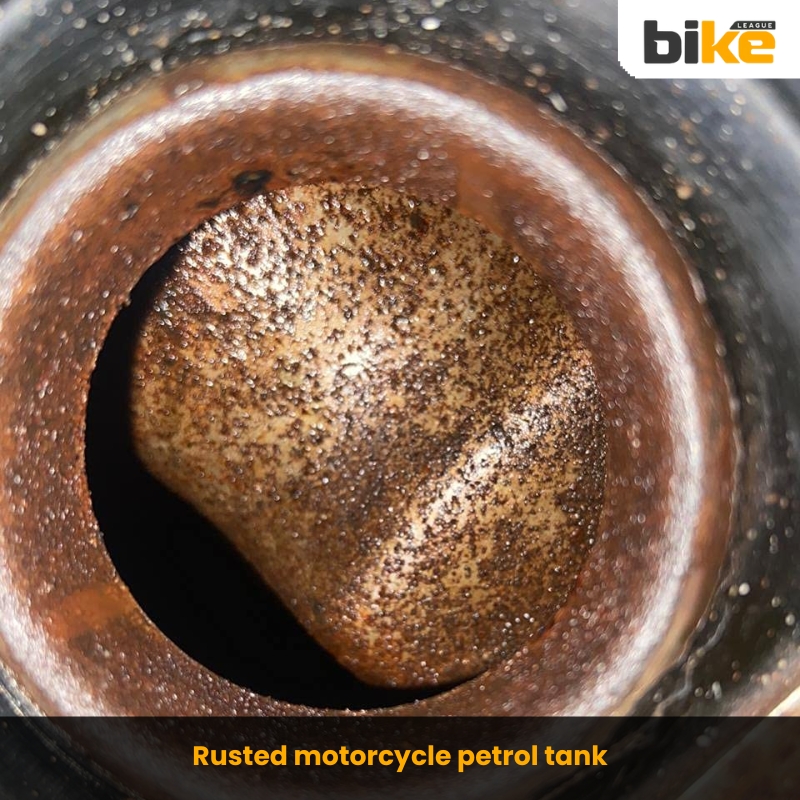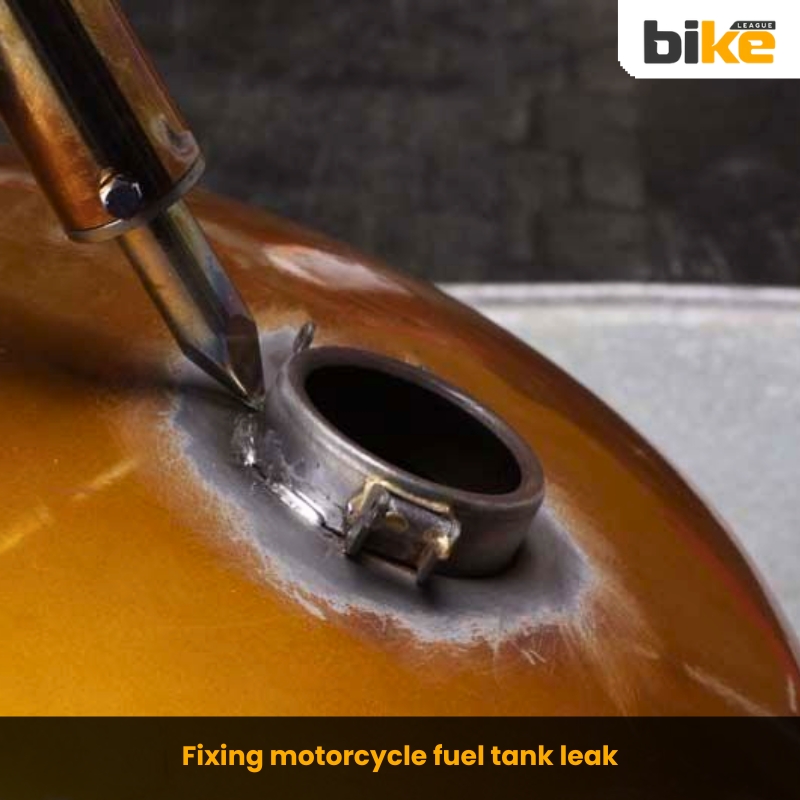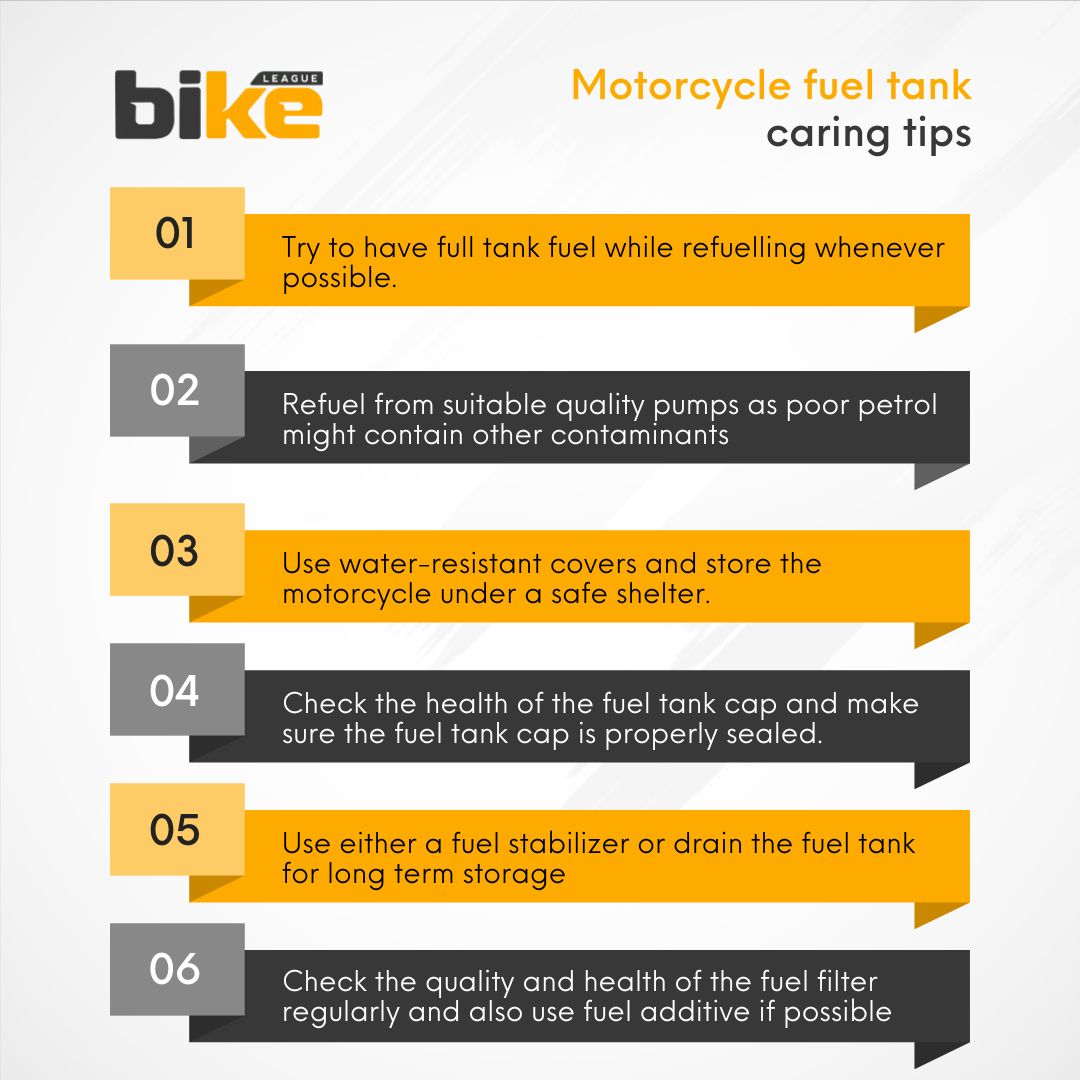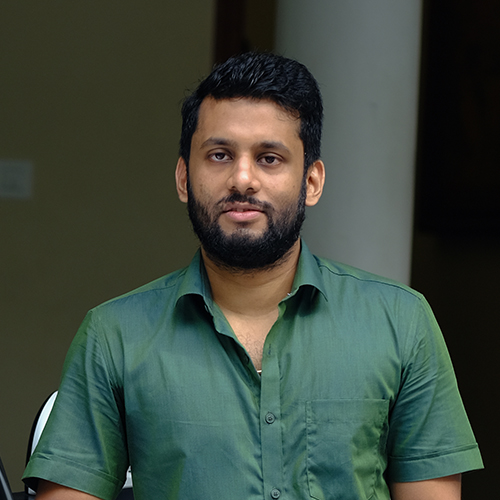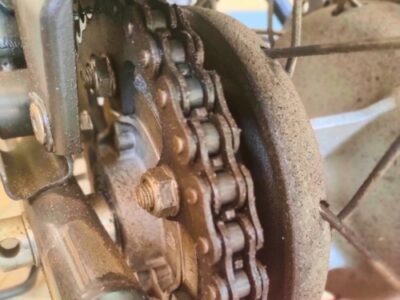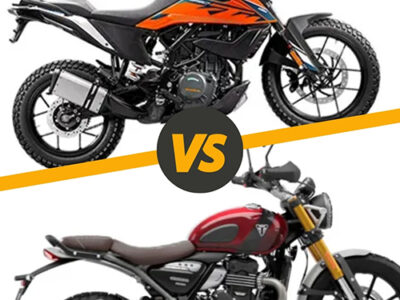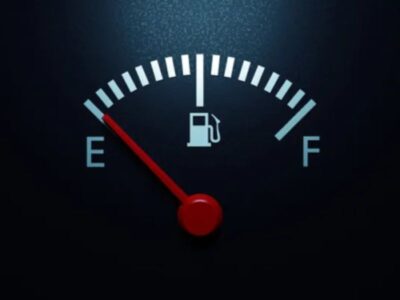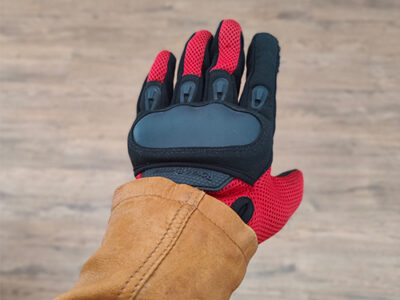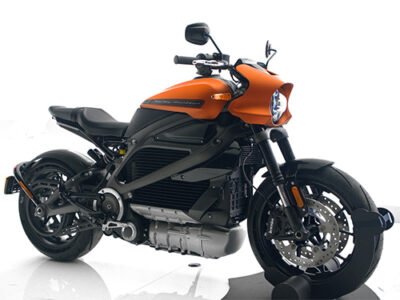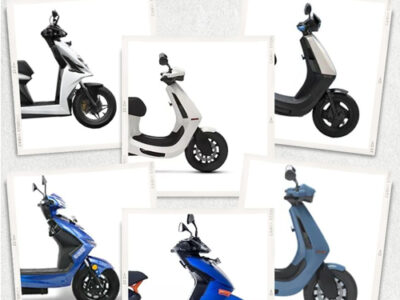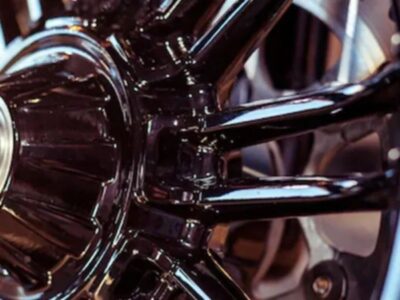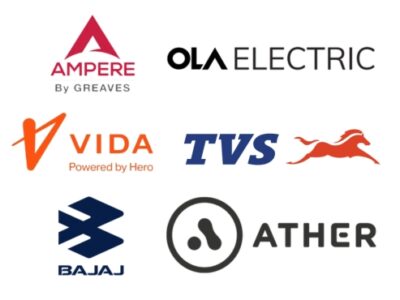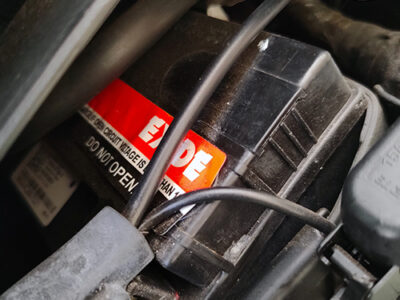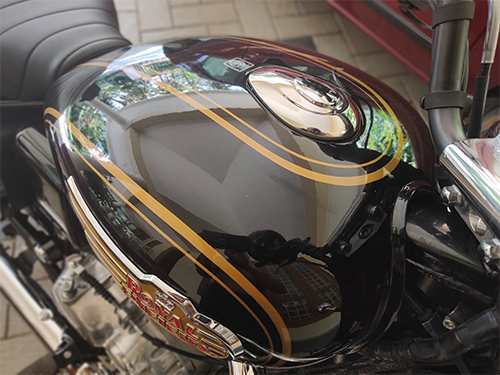
|
Getting your Trinity Audio player ready...
|
Long story short: Keep your motorcycle fuel tank in top condition with these maintenance tips. Learn how to prevent rust and leaks and maintain a motorcycle gas tank.
The bike petrol tank is the most indispensable part of a motorcycle, and everyone knows the importance of the same, right? But in the long run, a fuel tank can raise several issues for the owner, like fuel leakage, rust, etc. So, as motorcycle owners, what we need is to reduce problems as much as possible. Here, we will discuss in-depth things like how to take care of and maintain a motorcycle tank, rust prevention tips and rust removal tips from a tank. Also, we will cover some tips related to motorcycle fuel and fuel pumps.
What are the common issues faced by motorcycle fuel tanks?
The main issues faced in motorcycle fuel tanks are
- Rust in the motorcycle tank
- Water in the motorcycle tank
- motorcycle tank leakage
The above issues, number one and three, are the common issues motorcycle owners face. For long-term users, rust and bike petrol tank leakage are the main problems that create a headache for the owner. Now, let’s discuss each issue in depth and suggest solutions.
1. Rust in the motorcycle gas tank
Causes of rust in the motorcycle tank
The leading cause of rust in motorcycle fuel tanks is the typical metal fuel tank using galvanized steel construction. While galvanization helps resist rust, all steel eventually succumbs to corrosion due to condensation. When moisture gets trapped inside, the metal interior begins to rust. Since steel contains iron, the material rusts as the metal reacts with oxygen in moisture.
How to prevent rust in the motorcycle gas tank?
To prevent rust in the motorcycle tank,
- Try to have full tank fuel while refuelling, which helps reduce corrosion as most of the tank material is covered in fuel.
- Also, try to refuel from suitable quality pumps as poor petrol might contain other contaminants which affect the bike petrol tank, the carburettor, and the fuel injector.
- If you live in an area where it rains or is humid, use water-resistant covers for your motorcycle while keeping it outside.
How to clean rust inside a motorcycle gas tank?
First things first. Cleaning the motorcycle fuel tank is not a DIY task. It requires expertise to disconnect the bike petrol tank from other devices.
- Inspect the tank using a flashlight and determine whether it can be cleaned. Replacement is the best option if the tank is highly rusty or damaged.
- Remove the tank by draining the fuel and unhooking all the gas lines and sensors. It would help if you did not do all of this.
- Remove rust using an acid, like vinegar or a commercial gas tank cleaner, and an agitator, like nuts and bolts. Shake this around in the tank throughout the day or longer, depending on the amount of rust.
- Next, pour out the solution after enough agitation, rinse the tank with a garden hose, and pour about five gallons of hot water with dish soap. Shake the water around and empty it. Dry out the tank using a hairdryer or heat gun on low heat. Lastly, add a sealer, like kerosene or a commercial sealer, to coat the inside and prevent flash rust. It would help if you also considered replacing the fuel gasket. Finally, your tank is set to reinstall.
2. Water in the motorcycle gas tank
Causes of water present in the motorcycle tank
The presence of water in the motorcycle tank can occur due to condensation or leaks at your fuel pump, which results in small amounts of water in your gas tank. While very tiny amounts will generally make it through your fuel system without damage or consequence, it only takes a little water to start to cause problems.
How to prevent water presence in the motorcycle tank?
- Check the bike petrol tank cap and make sure the fuel tank cap is properly sealed and tightened to prevent water from getting into the tank.
- Adding a fuel stabilizer can help prevent water from entering the fuel system. One thing to note is that it should be used if you have not used the motorcycle for more than 30 days. Fuel stabilizers work by absorbing any water that may be present in the fuel. A fuel stabilizer also helps eliminate the need to drain your motorcycle tank.
- Use covers and store the motorcycle under a safe shelter if not using.
How to clean water inside a motorcycle tank?
- Drain & refill is the ideal solution to drain the tank, clean it, and refuel it with good-quality fuel.
- Replacing the old fuel filter is another good option. A fuel filter is a barrier to the water entering the vehicle’s engine from the fuel tank.
- Rubbing alcohol can remove water from the fuel tank, a chemical that can settle at the tank’s bottom and absorb the water.
- Adding fuel additives to the fuel tank will help dilute the fuel and water.
3. Motorcycle tank leakage
Causes of motorcycle tank leakage
A hole in the motorcycle’s tank can form due to rust or wear and tear, resulting in fuel leakage. While other reasons might cause fuel leakage, they are not due to the fuel tank.
How to prevent motorcycle tank leakage?
The tips for preventing rust in the motorcycle fuel tank are the same. Please refer to them by scrolling the page upward.
How to seal a motorcycle tank leak?
We advise replacing the bike petrol tank as the best and safest option. Otherwise, if you plan to fix the leak, get the issue resolved by an expert technician and discuss it in depth with the technician. Remember that repairing the leak involves risks, as there is no guarantee of how much protection the leakage fix will provide.
FAQ related to maintaining motorcycle fuel tank
1. Why is regular cleaning of the petrol tank important?
Regularly cleaning the petrol tank is essential for fuel efficiency and preventing engine issues. A dirty tank can lead to clogged fuel filters and injectors, causing the engine to work harder and burn more fuel.
2. What are the signs that my petrol tank needs cleaning?
Signs that indicate your petrol tank needs cleaning include a noticeable decrease in fuel efficiency, frequent refuelling, engine sputtering or misfiring, and unusual noises from the tank. Additionally, finding water, dirt, or other impurities in your fuel clearly indicates that cleaning is needed.
3. How often should I clean my motorcycle’s fuel system?
The fuel system should be cleaned regularly according to your motorcycle’s recommended maintenance schedule, typically every 5,000 to 10,000 miles. Consult your owner’s manual for precise guidance.
4. What type of fuel should I use for my motorcycle?
Always use high-quality fuel at a suitable octane level, as recommended for your motorcycle. Ethanol-free gasoline is preferable as it is easier on the fuel system and prevents severe engine issues.
5. What are fuel stabilizers, and when should I use them?
Fuel stabilizers are additives that prevent fuel degradation and clogs during extended storage periods. They slow the oxidation process and pto avoid gasoline from absorbing water and evaporating, which is particularly important in humid or rainy areas.
6. How can I clean rust out of my motorcycle’s petrol tank?
To remove rust from a petrol tank, you can use a fuel tank cleaner specifically designed for motorcycles. Alternatively, products like Sea Foam or vinegar can be effective. Commercial products like ‘Evaporust’ can be used for severe rust, followed by a tank sealant to prevent future rust.
7. Is it necessary to use a fuel injector cleaner for motorcycles with carburettors?
No, fuel injector cleaners are formulated for motorcycles with fuel injectors. If your bike uses a carburettor, prioritize carburettor cleaning and maintenance instead.
8. What preventive measures can I take to maintain my petrol tank?
Preventive measures include keeping your tank full to reduce corrosion, using water-resistant covers to protect from moisture, and regularly checking all fuel system components for deterioration. To sustain optimal performance, promptly replace any damaged parts.
9. Should I seek professional maintenance for my motorcycle’s fuel system?
Beyond personal maintenance efforts, periodic professional servicing with a certified mechanic is advisable for comprehensive inspections and adjustments. This ensures flawless fuel system operation and addresses any potential issues that may not be visible during routine checks.
10. How should I handle old or stale fuel in my motorcycle?
If your motorcycle has been in storage for a few months, drain the fuel in the tank and add fresh gas and a fuel stabilizer. For shorter storage periods, adding a fuel stabilizer at the time of storage can still be beneficial. Products like sea foam can also remove varnish from the fuel tank.
Other related articles from Bikeleague India
- Bike wash – Different types, procedures, precautions, FAQ
- Second hand motorcycle – Things to know when buying It
- Motorcycle chain – how to clean, adjust & maintain
- The Ultimate Guide to Motorcycle Suspension: Everything You Need to Know
- Motorcycle storage – Long term storage tips & precautions
Conclusion
We have discussed the main issues faced by motorcycle tanks, their causes, tips to prevent them, and how to maintain them.
Let’s summarize how to prevent & maintain a motorcycle tank.
- Try to have full tank fuel while refuelling whenever possible.
- Refuel from suitable quality pumps as poor petrol might contain other contaminants which affect the fuel tank.
- Use water-resistant covers for your motorcycle while keeping it outside, and store the motorcycle under a safe shelter.
- Check the health of the fuel tank cap and make sure the fuel tank cap is properly sealed and tightened to prevent water from getting into the tank.
- When storing the motorcycle for the long term for more than 30 days, use either a fuel stabilizer or drain the fuel tank.
- Check the quality and health of the fuel filter regularly.
- Adding fuel additives is a good option as it clears debris in the carburettor, fuel injection, and water and improves the motorcycle’s performance.
If you have any other doubts or queries, email us at bikeleague2017@gmail.com. We are always eager to help and assist you. Also, here are several social media platforms of Bikeleague India to raise your suspicions.

